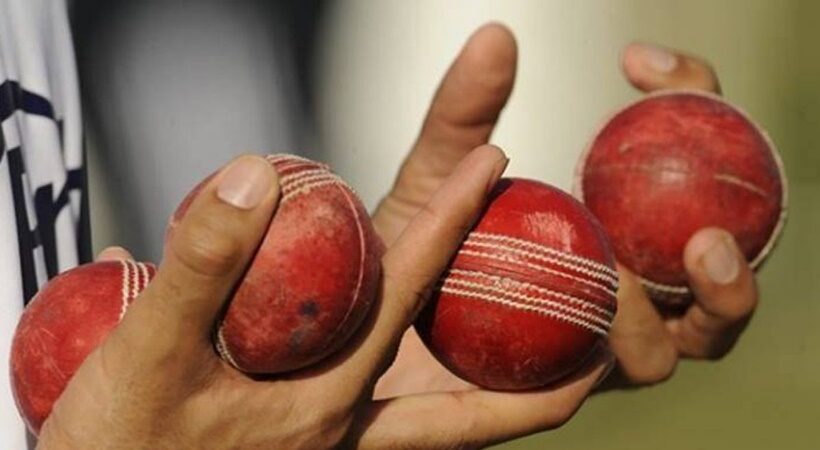It is simply surreal to watch Shane Warne or Muttiah Muralitharan making the ball behave like a spitting cobra on the pitch, baffling the batters as well as spectators to the core. We marvel at the bowlers’ ability to dictate terms to the batsmen with the varieties they unleash. However, have we ever thought about the ball even for a moment? Is it just the class of leg or off-spinners on display? Does not the intrinsic characteristics of the ball have a role in its behavioral pattern once it comes out from the bowlers’ hand? How many of us know about the types of balls used in cricket, their uniqueness. So, let us understand briefly regarding the balls employed in the game of cricket.
The Ball And Its Types
The Red ball used to be an integral part of cricket till 1977, we will come to that later. It offers a lot of swing and seam when it is new. Also, once it loses its sheen the late, reverse swing comes into the equation. Of course, extracting the swing depends upon bowlers as well, especially the reverse. Presently, the red balls are seen only in the Test cricket, that too in daytime fixtures.
White ball surfaced on the cricket field in the 1977 “rebel” World Series Cricket launched by Kerry Packer, an Oz media mogul. Following the series, white ball and colored outfits became a permanent feature in the ODI games. In fact, the popularity that the game has garnered over the years owes substantially to this new transformation on the cricket field.
With Test struggling to stay afloat due to the onslaught of the ODIs and T-20s, Day and Night matches in the long format were introduced. In order to spot balls clearly at night time, Pink Ball came into existence in Test Cricket. In November 2015, Australia and New Zealand played the first Day and Night Pink Ball Test.
Core Of The Cricket Ball
A significant part of a cricket ball consists of cork, offering weight and bounce to the ball. The cork is mounded with perfectly woven strings and then blanketed by a leather case with a slightly raised, sewn seam, offering the much-needed leverage to grip the ball with precision and control.
Varieties of Red Cherries
The red balls or cherries, as it is also called, are used solely in Tests and are of three types: Kookaburra, SG and Duke. The balls used in the long format also vary as per country. India use SG balls, England and Windies Duke and other countries Kookaburra.
Kookaburra
Used mostly by Australia, Pakistan, South Africa, New Zealand and Sri Lanka, the balls are made in a high-tech factory in Melbourne, Australia. These are manufactured by Kookaburra, a sports equipment company in Australia, for the last 128 years. The ball had been in use from the Ashes series of 1946-47 in Australia.
Duke
Its origin can be traced backed to 1760, the time the production kicked off in Tonbridge, England. The ball is made using hands totally and darker in colour vis-a-vis Kookaburra. The ball retains its newness for a long period compared to other varieties and the seam holds for more than 50 overs, helping pacers to exploit swing to the optimum. The ball is employed across the formats in England.
SG
The Sanspareils Greenlands balls are being used for Test matches in India after BCCI’s nod in 1991. The Sanspareil Company was established by two brothers, Kedarnath and Dwarkanath Anand, in 1931 in Sialkot (currently in Pakistan), but after independence, it was shifted to Meerut, UP. The handmade balls have a wider seam, which aids the spinners to grip the ball really well before releasing the same to the batter. However, the shine of the ball does not last too long due to the dry conditions in India.



















